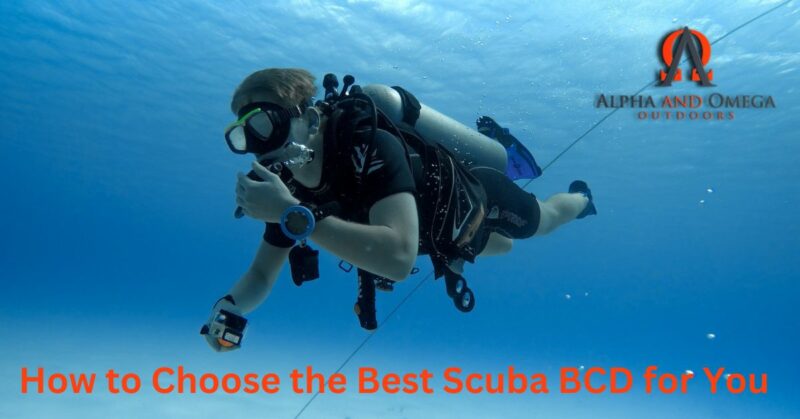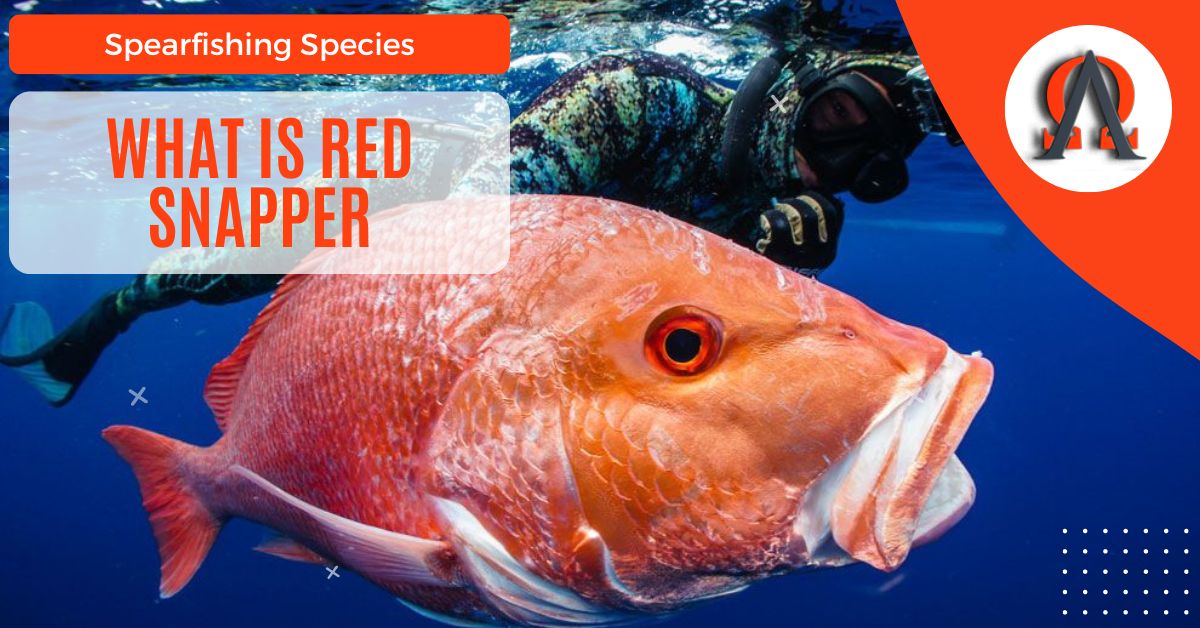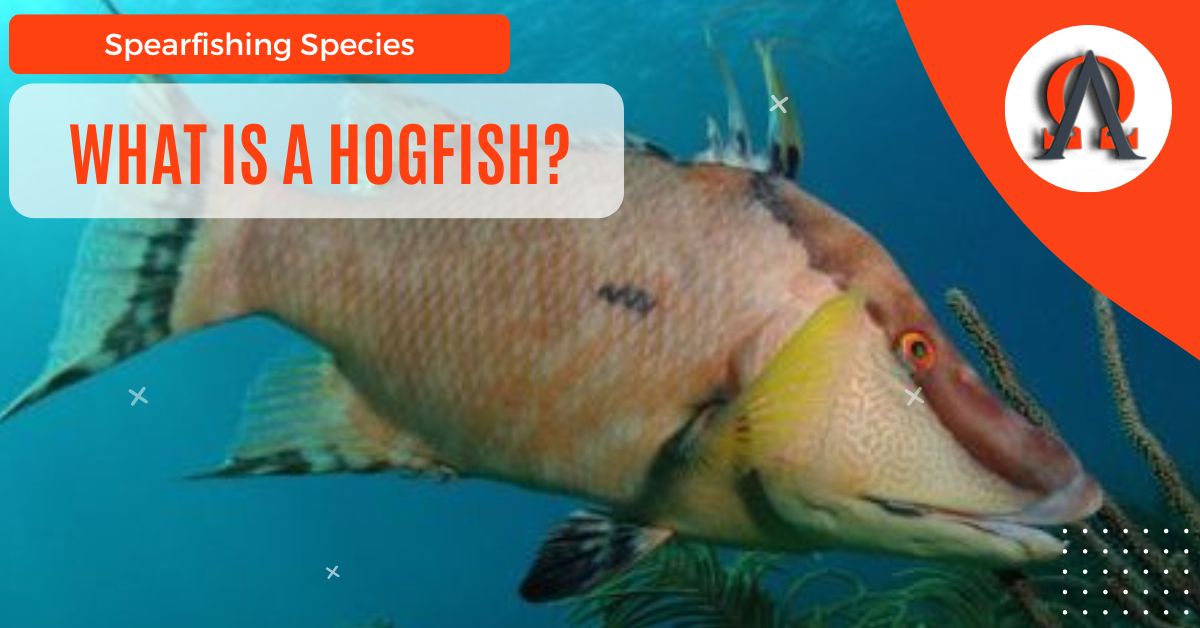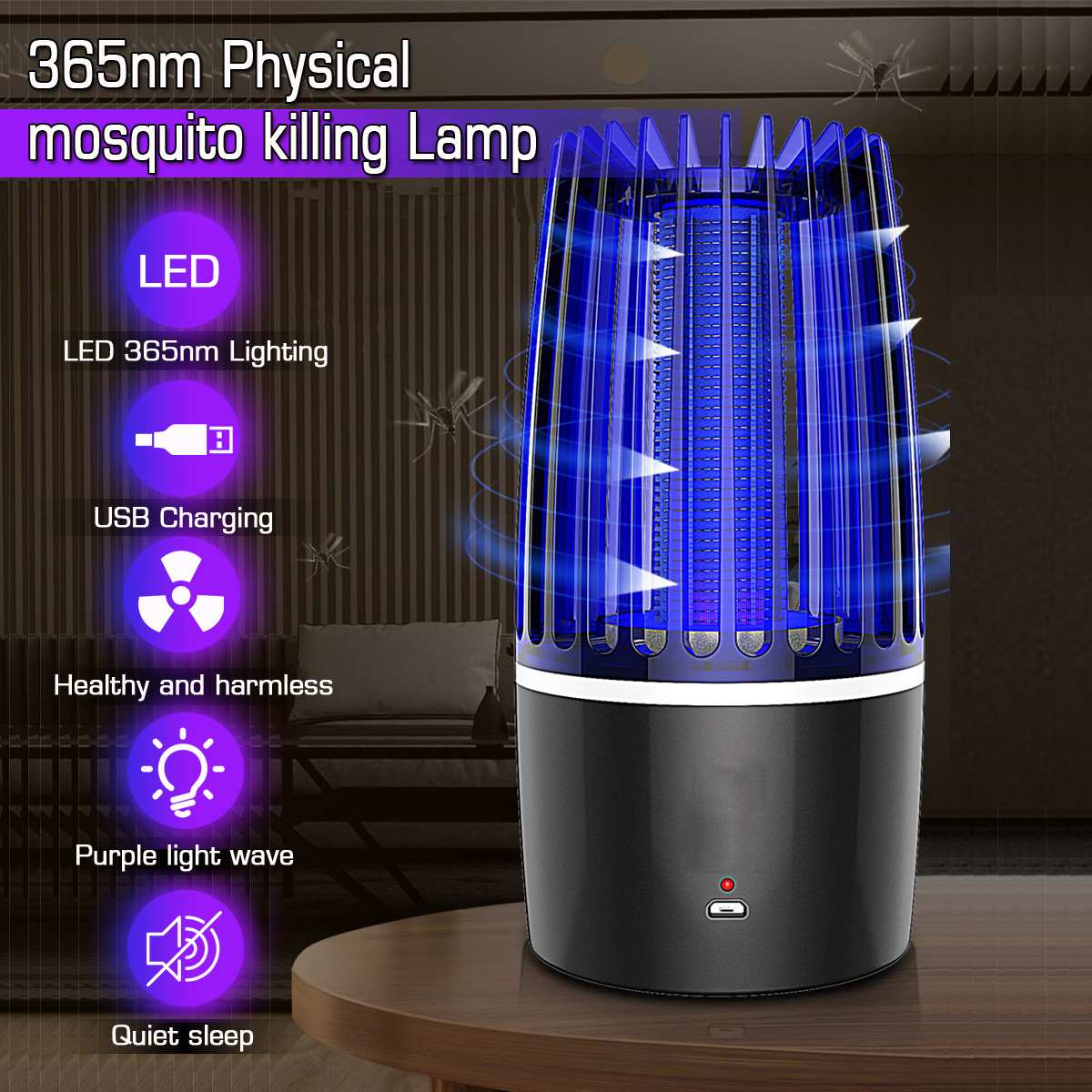
Are you searching for the perfect scuba BCD?
If so, shopping might seem like a major challenge at first. Buoyancy compensators all look fairly similar, yet their prices vary greatly. And, it can be hard to know which accessories and special features you’ll really use underwater.
Sound familiar? No worries – you’ve come to the right place.
Keep reading for an overview of what to look for in a buoyancy control device. You’ll be ready to start shopping before you know it!
Table of Contents
Good Fit Comes First
When it comes to scuba gear, the fit is always the most important factor. And, unlike a wetsuit or other dive apparel, this piece of equipment is extremely difficult to alter, so you’ll need to get it right the first time!
A BCD should sit high on your back, much like a regular jacket. The shoulder and waist straps should feel snug and secure but not binding or squeezing. And, you should be able to reach all the straps and clips comfortably, just in case you need to make adjustments underwater.
Jacket or Wing
Buoyancy compensators come in two primary styles.
A jacket, or traditional BCD, inflates around your shoulders, back, and waist. This helps keep your body upright on the surface.
A wing and backplate setup inflates in a large semicircle on your back, creating a doughnut shape around your scuba tank. This helps you maintain perfect trim underwater but may tip you forward, pushing your face toward the water on the surface.
So, what’s the difference?
If you’re a traditional recreational diver or a beginner, a jacket will likely be more comfortable. It’s the gear you’ll learn with during your certification course, and it will help you feel secure during surface waits and swims.
However, if you’re an advanced diver or taking on new challenges like cave diving, a wing and backplate setup is best.
Lift
Simply put, lift refers to your BCD’s weight capacity. This accounts for the weight of your body, all your scuba diving gear, and anything else you might be carrying.
For many warm water divers, lift seems relatively unimportant. But, if you’ll be exploring in cold climates, you might be scuba diving with quite a bit of lead around your waist.
Lift can also be essential in rescue scenarios where you’ll need to offset your own weight as well as that of another diver.
Bells and Whistles
Once you start looking more closely at buoyancy control devices, you’ll see that many of them come equipped with gadgets and gizmos of all kinds. Built-in secondary air sources, extra d-rings, integrated weight pockets, and attachment points for dive knives are all fairly standard.
But, these special features are only helpful if you’ll actually use them. And, if you’re brand new to the sport, they might just get in your way underwater.
Beginners should choose the most basic model possible. Intermediate and advanced explorers might want a few extra bells and whistles – but don’t go overboard! Nobody wants to wander out of their local scuba shop and into the ocean, all decked out like a Christmas tree!
Buying Your Scuba BCD
With this article as your guide, you’re ready to start shopping for your scuba BCD. Just remember, fit is the most important factor to consider, followed by the features you think you’ll use the most in the water.
Are you looking for more tips and advice for freediving, spearfishing, and scuba diving? If so, be sure to scroll through the rest of our blog. It’s packed with helpful information for all your favorite aquatic sports!
Featured Photo by Jesse van Vliet
Latest Posts
- Hopping into Adventure: My Experience of Rabbit Hunting in Wyoming
- The Guide to Discovering Black Bears in Wyoming: Where to Search for These Mighty Creatures
- Best Ways to Start Spearfishing – Is Scuba Diving or Freediving the Best Way?
- Discovering the Art of Mule Deer Hunting: Tips and Tricks for Finding Your Next Trophy Buck
- Surviving the Wild: Mastering the Art of Building a Fire in the Mountains





